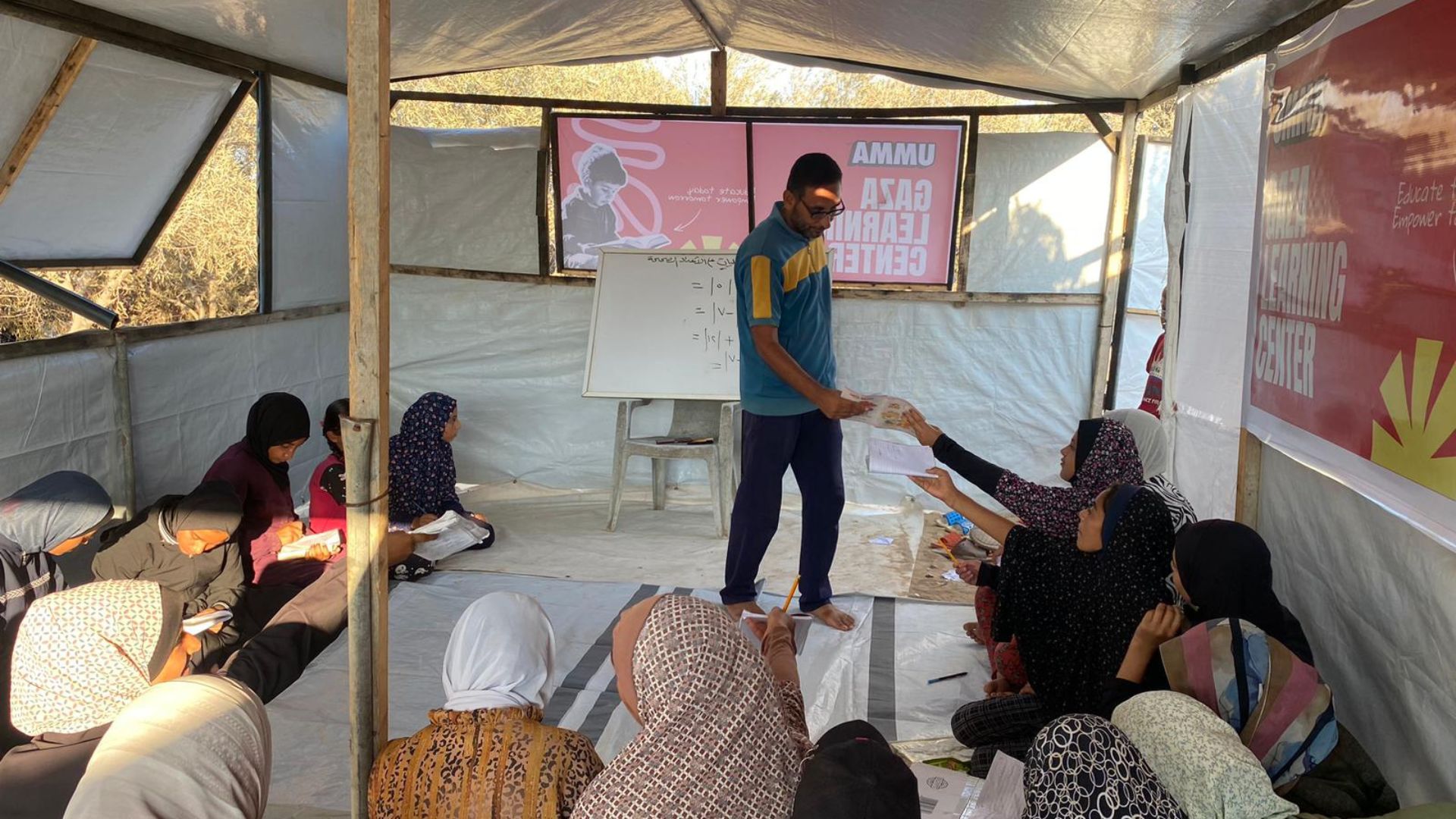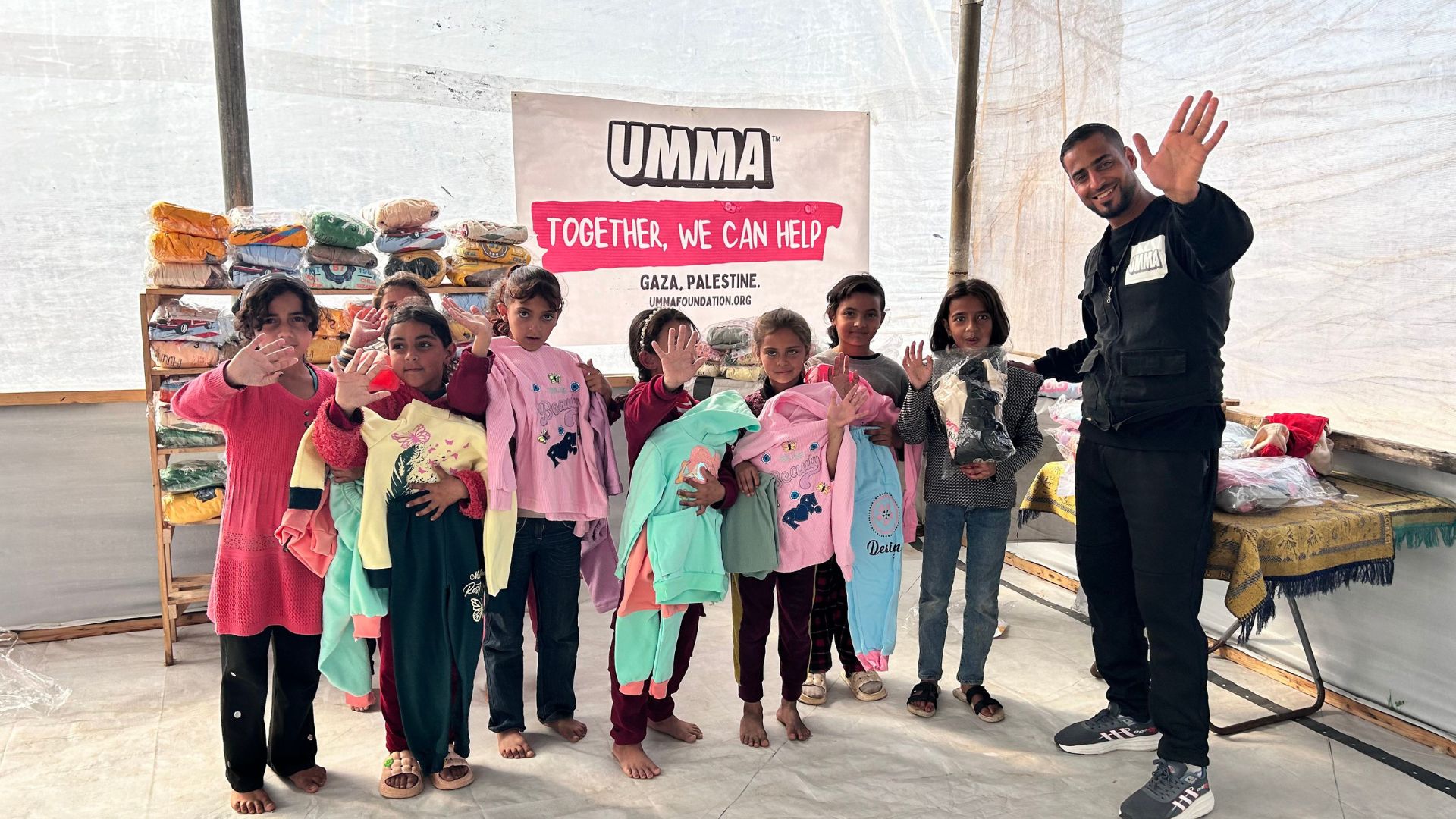When bombs fall and homes are lost, classrooms often vanish first. But the resolve of displaced teachers remains. In Gaza, Sudan, Yemen, and beyond, educators are rewriting the rules of schooling in crisis: teaching in tents, through radios, handwritten lessons, and community spaces. Their courage is the backbone of resilience for children whose futures depend on learning.
The Urgent Need: Education Under Fire
Across conflict zones, tens of millions of children miss out on schooling. UNESCO estimates that over 234 million learners live in emergency settings, with education access severely disrupted.
🔗 UNESCO – Education in Emergencies
Attacks on schools, teachers, and students have surged. According to the Global Coalition to Protect Education from Attack (GCPEA), thousands of incidents in 2022–2023 resulted in damage to school facilities, threats, and displacement.
🔗 GCPEA / Protecting Education
Education under fire is not a side effect of war — it’s a targeted assault on children’s futures.
The Hidden Frontline: Displaced Teachers at Work
1. Teaching in Tents, Mosques, and Courtyards
When buildings fall, teachers turn to open spaces, tents, or community halls. In Gaza, educators work with solar-powered lamps and chalkboards. In camps across the Sahel, church halls or shaded courtyards serve as classrooms.
2. Multi-level & Double-shift Methods
With dozens of grades and levels in one class, teachers alternate between foundational lessons (alphabet, math basics) and remedial group work. Some conduct double shifts — morning and evening — to reach more students.
3. Radio, WhatsApp & SMS Lessons
Where internet is spotty or censored, displaced teachers use radio programmes, audio WhatsApp lessons, or SMS quizzes. Students respond via voice notes, giving teachers a feedback loop over distance.
4. Peer Teachers & Para-teachers
Older youth or semi-trained community members are coached to assist as para-teachers. This alleviates pressure and enables teachers to mentor, track progress, and manage materials.
5. Emotional & Social Stabilization
Teachers often act as counselors. In post-conflict zones, they facilitate circle time, drawing, breathing exercises—helping children process trauma.
Data that Speaks Volumes
- 6,000+ attacks on education recorded over 2022–2023, affecting thousands of students and teachers.
🔗 GCPEA / Protecting Education - Displaced refugee camp reports show pupil-teacher ratios reaching 300:1 in some regions, due to shortages of trained staff.
🔗 UNHCR Education Report 2025 (PDF) - In emergency contexts, teacher retention is bolstered when monthly stipends or contract support are provided — according to UNHCR and other humanitarian education reviews.
Challenges Teachers Face (And Their Impact)
- Personal displacement & loss — Teachers are learners too; they lose homes, family, and materials.
- Lack of accreditation or pay — Many teach unofficially with zero guarantees.
- Safety and trauma — Operating under threat, without formal protection frameworks.
- Material scarcity — No textbooks, no electricity, few teaching aids.
Teachers still show up, because in their absence, learning would die. Their presence stabilizes communities and preserves hope.
Umma Foundation’s Role: Partnering with Displaced Educators
Umma supports this hidden frontline through:
- Teacher kits: Notebooks, solar lamps, gel pens, printed modules.
- Micro-grants & stipends: Enabling displaced teachers to sustain their work.
- Safe learning spaces: Repairing shelters, refurbishing rooms, tents for makeshift classes.
- Local training & coaching: Offering modular refreshers in multi-grade teaching, SEL, child protection.
We believe that when teachers are empowered, communities are resilient.
👉 Join Umma’s Campaigns
🤝 Give Monthly
📖 Financial Disclosure
Case Snapshots
Gaza, 2025
After years of bombardment, teachers convened under olive trees to resume classes while repaired buildings are rebuilt. One teacher estimated she’s now teaching three grades at once with worksheets passed by hand.
Eastern DR Congo
A displaced teacher in a camp started Sunday remedial classes under tattered tarps. Many of her former students had skipped years of schooling; with modest materials, she refocused them on basics like reading, number sense, and trust.
What Help Looks Like: Donor & Partner Strategies
- Monthly support for teacher stipends
- Fund educational kits & digital bundles
- Support low-tech delivery (radio, print)
- Advocate for teacher protection in humanitarian policy
Every $30 helps maintain a teacher in front of students for a week.
FAQ (for Google Snippets)
How do children learn when schools are destroyed?
Through tent classrooms, radio broadcasts, messaging platforms, and peer-to-peer teaching.
Why are displaced teachers so important in crisis zones?
They repair continuity, psychosocial safety, and learning structure in communities uprooted by conflict.
Can technology replace teachers in conflict?
No — tech helps, but without human connection, accountability, and empathy, learning fails.
Conclusion: Reinventing Hope, One Lesson at a Time
Displaced teachers are unsung heroes — rebuilding humanity one lesson at a time. Their sacrifice anchors recovery when infrastructure crumbles and despair looms.
By supporting these educators, we preserve more than literacy—we preserve dignity, identity, and hope.





.jpg)





